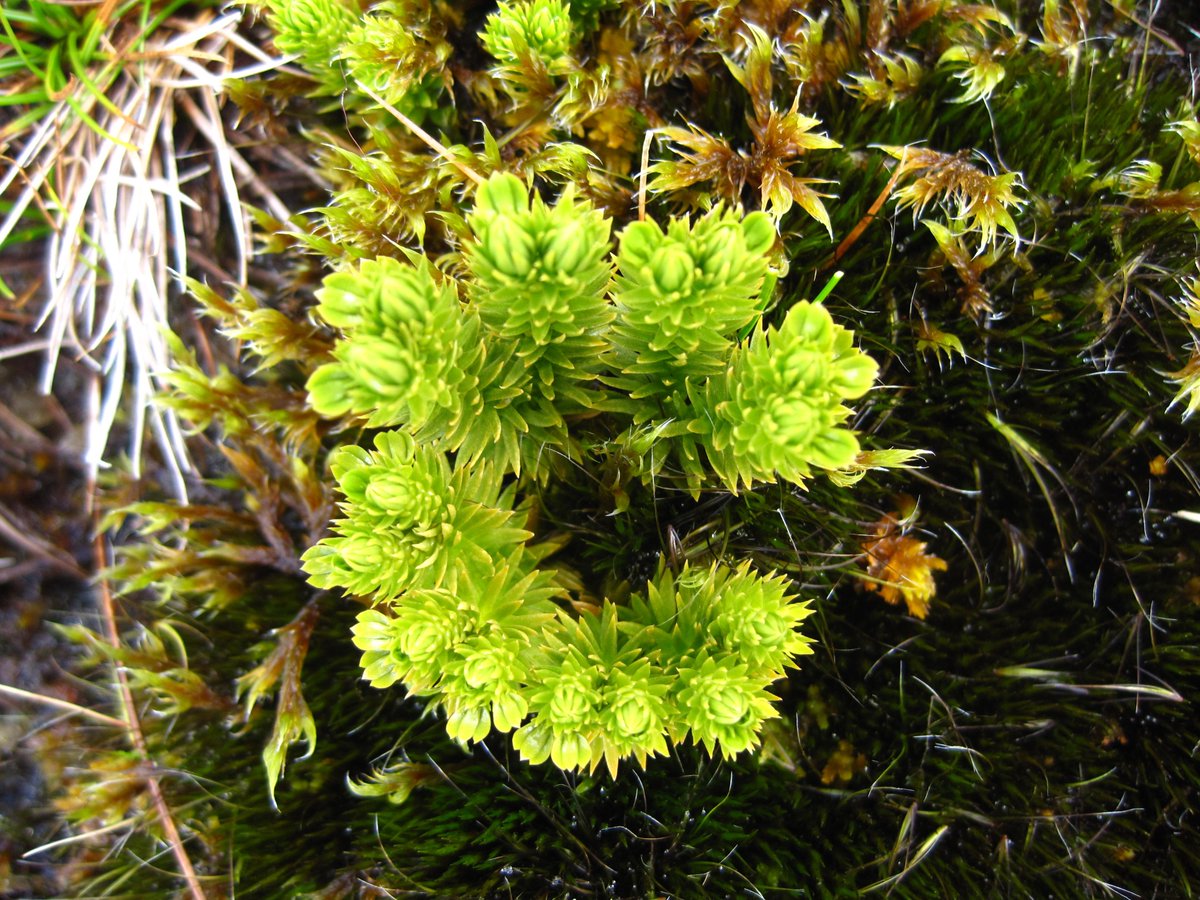Between 2015 and 2018 BEC Consultants carried out a range of surveys to monitor the conservation status of four species on Annex II and four on Annex V of the EU Habitats Directive. The rare Killarney Fern (Vandenboschia speciosa, formerly Trichomanes speciosum) fell victim to the Victorian craze for decorative ferns in the 1800s. Also rare is the Marsh Saxifrage (Saxifraga hirculus), which was brought to the brink of extinction in Europe, not by plant hunters but by habitat destruction, mainly through drainage, overgrazing and conversion to agricultural land or forestry. Two bryophytes are also listed on Annex II: the coastal species Petalwort (Petalophyllum ralfsii), an inconspicuous liverwort that occurs in machairs and dune slacks, primarily in the western half of the country, and Slender Green feather-moss (Hamatocaulis vernicosus), which occurs in a small number of fens and flushes, mostly in the northern half of the country. The Annex V species are represented by four species of the Clubmoss group which were formerly included under the Lycopodium genus, but which have now all been assigned to separate genera: Diphasiastrum alpinum, Huperzia selago, Lycopodium clavatum and Lycopodiella inundata. The first three are found in montane habitats, while L. inundata is a rare lowland species that may be found along lakesides and other flushed habitats.
All eight species were surveyed and assessed according to the latest monitoring protocols and the survey data were used to inform the National Conservation Status Assessment report submitted to the EU in 2019.
